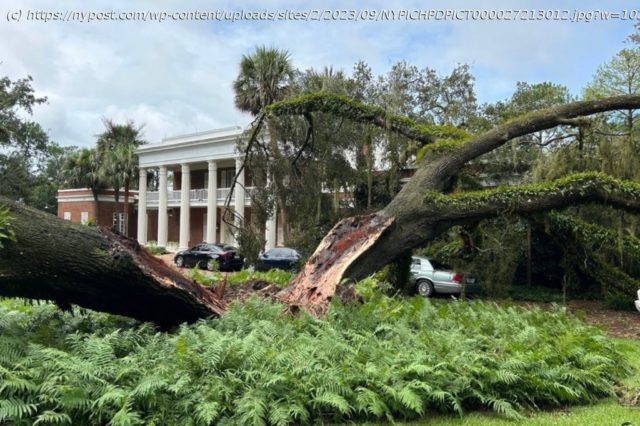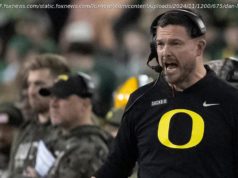Off the campaign trail and far away from the national culture wars, Hurricane Idalia allowed Florida Gov. Ron DeSantis to get back to what he does best — govern!
“It is an ill wind that blows no man to good,” as the proverb says. In the case of Florida Gov. Ron DeSantis, one might add a much-abused adverb: literally.
Hurricane Idalia made landfall in Florida this week, bad news for everybody living in Florida except for one man: Ron DeSantis, who in the past has shown that this sort of everyday executive work — governor stuff — is something that he is pretty good at.
Taking time off from his recent political shtick, DeSantis was on the phone with President Biden while members of his administration were negotiating with their federal counterparts to get FEMA to pick up a larger share of the recovery costs than the usual 75 percent.
Some 40,000 utility workers were mobilized to get the lights back on where powerlines were down.
Florida’s post-hurricane work has been methodical and effective. (Oh, and the Governor’s Mansion was almost destroyed by a falling oak tree.)
When Hurricane Dorian hit Florida in 2019, DeSantis won praise from both sides of the aisle for the state government’s capable and confident handling of the emergency.
“This is the way it’s supposed to be,” said Craig Fugate, who served as Florida emergency management director under Republican Jeb Bush and as head of FEMA under Barack Obama.
Observers pointed to the implicit — and sometimes explicit — comparison between DeSantis’ effective, collaborative style and predecessor Rick Scott’s less celebrated top-down approach.
Americans say they like electing governors as president.
The executive experience gained in running a big state such as Florida, Texas, or California offers as much in the way of real-world preparation for the presidency as one can get.
But, in practice, we don’t elect governors all that often.






